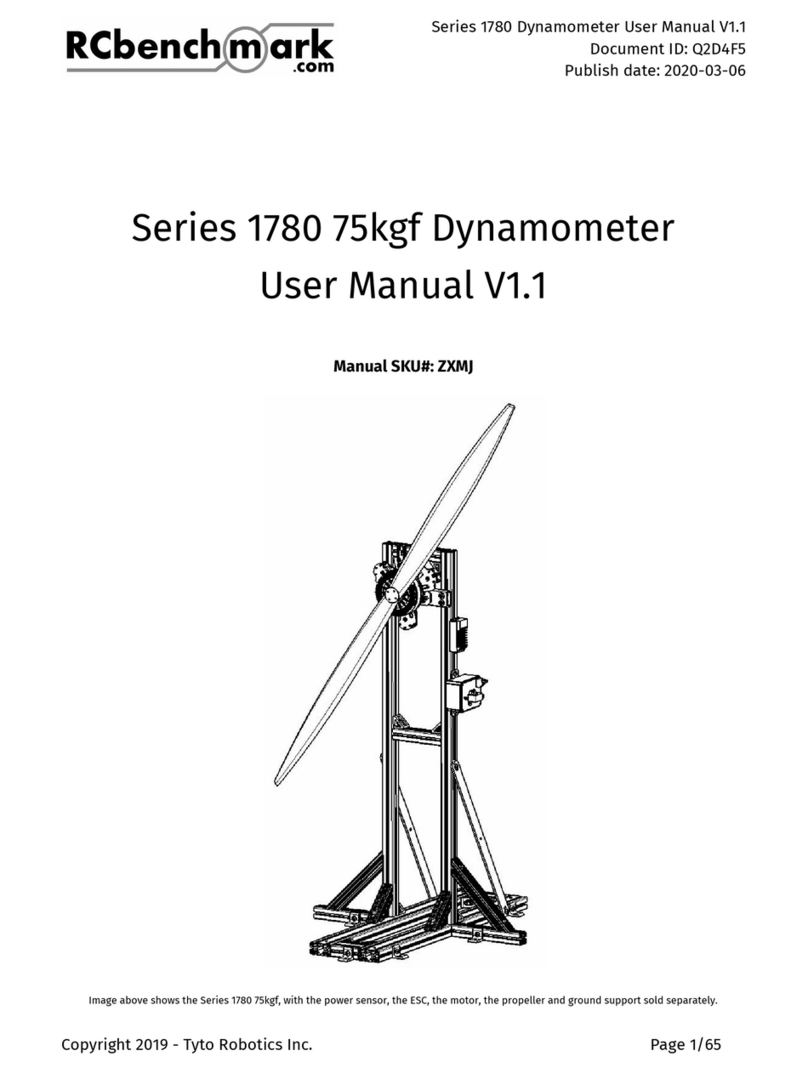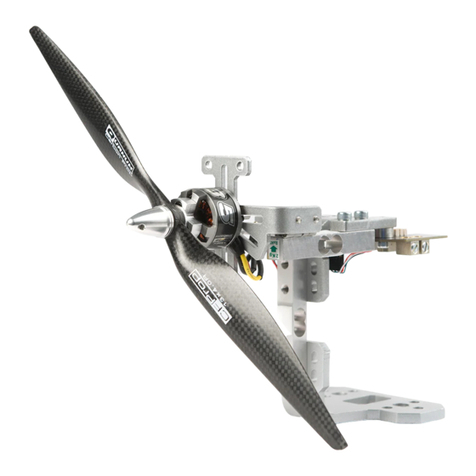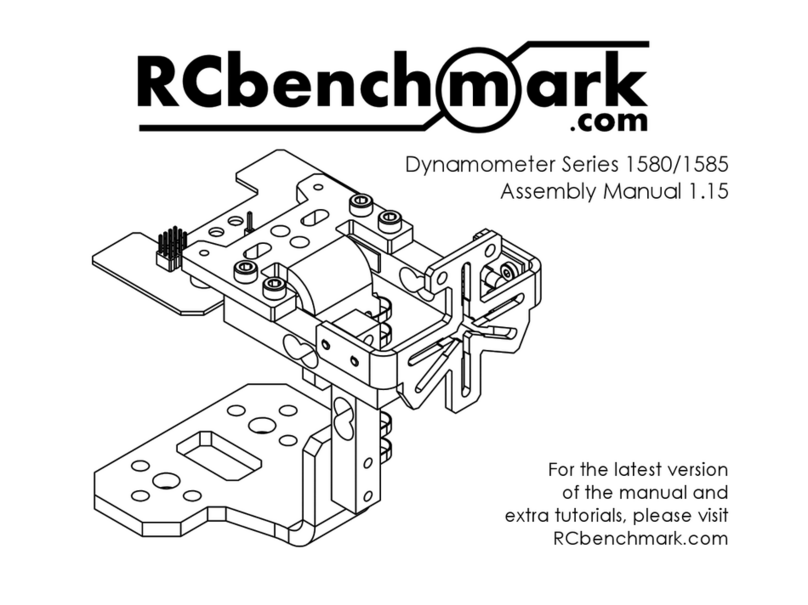Series 1780 Dynamometer 75 kgf - 500 A
User Manual V2.0 Document ID: DSN10D
Publication date: 2020-04-20
12. Always disconnect the power source before making adjustments, changing parts, and
cleaning or working on the tool.
13. Do not store anything near or above the tool, especially when it is in use.
14. Always keep your tools clean and in good working order.
15. Do not operate the tool if you are under the influence of drugs, alcohol, or medication
that may affect your ability to properly use the tool.
16. Do not open and touch the electrical circuits inside the enclosures (power and control
console, main board, force sensor circuit). Do not change or modify the electrical
circuit.
17. Respect the manufacturer’s specification concerning the power, voltage, and current
of the motors that you use on the Series 1780 Dynamometer.
18. Make sure you are running all your tests in a safe space. The tool should be fenced off
so unsuspecting personnel cannot enter the test area. Build a safety cage around the
test area. Before a test, assume the propeller will break, and check whether there is a
risk of injury from debris bouncing directly off the propeller or off the walls.
19. The safety cage or the enclosure should be suitably rated for containing a propeller
failure. It should also protect operators in case the Series 1780 comes apart (loose
screw or mechanical failure).
20. Make sure nobody is in the room or near the propeller when the motor tested is
powered.
21. Wait for the propeller to stop spinning and the voltage measured at the ESC to be 0 V
before accessing the testing area.
22. Make sure all the parts have time to cool down after all tests, unless this is part of the
test design. The motor, ESC, batteries, and wires may be hot. Keep a fire extinguisher
available.
23. Make sure a protective surface is between you and the propeller during a test. Wear
protective glasses at all times while in the testing room.
24. For the installation of the components in the Series 1780, always refer to the proper
chapter in this manual. Always use the supplied fasteners and a torque wrench when
specified. Confirm the structure’s rigidity every time before any tests.
Copyright 2020 - Tyto Robotics Inc. Page 9/82































